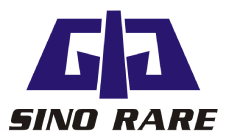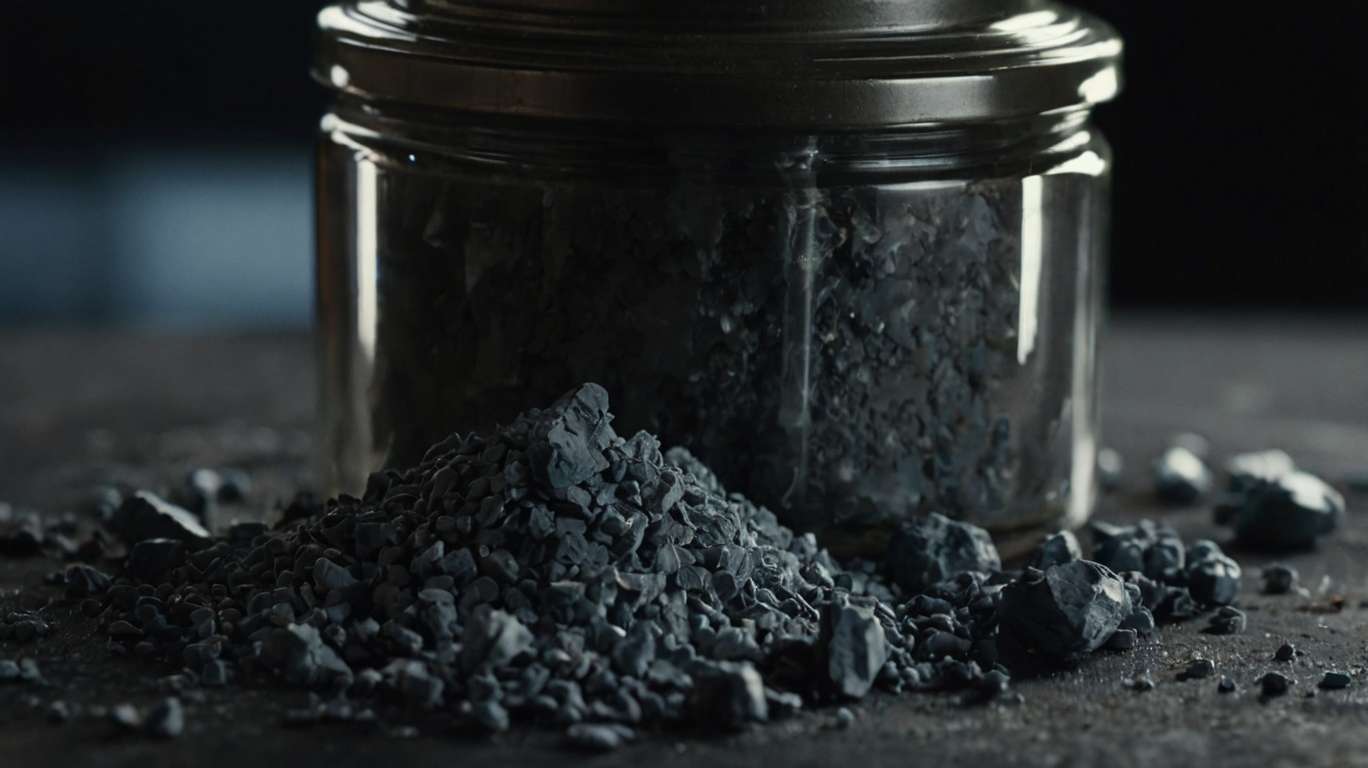The Role of Gadolinium Oxide in the Medical Industry
The medical industry constantly seeks better tools and treatments. Gadolinium oxide is a rare earth element with many benefits when used in medicine. While people are perhaps only vaguely familiar with gadolinium oxide outside scientific and medical discourse, it has a significant role in producing contemporary medication.
What Is Gadolinium Oxide?
Gadolinium oxide (Gd₂O₃) is a white powdered compound produced from gadolinium, a member of the rare earth metals group. Rare earth elements are closely bound metals in mineral form and have unique magnetic, optic, and conductive properties. Among all the materials used in gadolinium compounds, gadolinium oxide has excellent magnetic properties and high-temperature stability.
Application of Gadolinium Oxide in Medicine
The mode of application of gadolinium oxide in medicine primarily focuses on magnetic characteristics and imaging procedures. Here are the important areas where it is applied:
1. Magnetic Resonance Imaging Scans (MRIs)
Gadolinium-based contrast agents rely on gadolinium oxide as the key ingredient to improving the quality of MRI scans. An MRI uses magnetic fields and radio waves to visualize body parts. However, specific cells can be harder to see. GBCAs help doctors find problems like tumors, blood vessel issues, and inflammation by contrasting these pictures better.
How it works:
· The patient’s bloodstream is injected with gadolinium.
· When it’s in the body, its magnetics interact with the body’s magnetic field, resulting in sharper images.
· Doctors get to know about medical conditions.
2. Cancer Treatment Research
Gadolinium oxide is being considered as a way to treat cancer. Magnetic hyperthermia is one type of therapy that uses heat to kill cancer cells without hurting healthy tissue. It has been shown that gadolinium oxide nanoparticles can precisely target tumors.
3. Enhancing Radiology and Imaging
Gadolinium oxide is also under consideration for use in other imaging techniques. These diagnostic technologies might improve CT scans and X-rays, making them even more potent.
4. Drug Delivery Systems
Scientists are trying to insert gadolinium oxide into advanced drug delivery systems. If drugs are attached to gadolinium oxide nanoparticles, they can be delivered more precisely to specific body parts, improving treatment effectiveness and decreasing side effects.
Why Does Medicine Need Gadolinium Oxide?
Gadolinium oxide is essential in medicine for numerous reasons:
1. Improved Diagnostics:
The diseases are quickly and accurately diagnosed due to clear imaging by GBCAs. It is well understood that this is doable given that there are usually better treatment outcomes when the diagnosis is made at the initial stage.
2. Advanced Research:
Gadolinium oxide has distinctive characteristics that can expand the field of medicine: targeted therapies for cancer cells and highly accurate imaging.
3. Patient Safety:
GBCAs are known to be safe and are used worldwide to provide patient contrast. However, moderation is required, especially for those with kidney problems. Scientists are still exploring safer variants of gadolinium oxide for use in the health sector.
Challenges and Considerations
Gadolinium oxide has several advantages but also drawbacks:
1. Environmental Impact:
Mining rare earth elements such as gadolinium harms the environment. Therefore, efforts are being made to develop better extraction processes and sustainable alternatives.
2. Health Concerns:
GBCAs are generally safe, but patients may have mild side effects such as nausea or headache. Gadolinium, however, is rarely contained in the body, and there may be long-term concerns. These issues are a focus of ongoing research.
3. High Costs:
Gadolinium is not cheap to extract and refine, making medical procedures that depend on the rare earth also expensive.
Gadolinium Oxide in Future Medicine.
Gadolinium oxide looks bright for medicine in the future. As scientists continually discover new ways of using this material, it is mainly applied to precision medicine and nanotechnology.
Some thrilling developments include:
· Nanoparticle Applications: Gadolinium oxide nanoparticles are being looked at as agents for taking imaging to new levels or speeding drug delivery.
· Safer Contrast Agents: Researchers are constantly working to create safer GBCAs for people with kidney problems or other health conditions.
· Cancer Therapy Advancements: Gadolinium oxide can make cancer treatments more effective and less invasive through magnetic hyperthermia and targeted therapies.
Conclusion
The name Gadolinium oxide may not be something you know offhand, but it’s unarguably essential in medicine. As a rare earth compound, it could lead to better MRI scans or lend itself to the next great cancer treatment.



.png)

